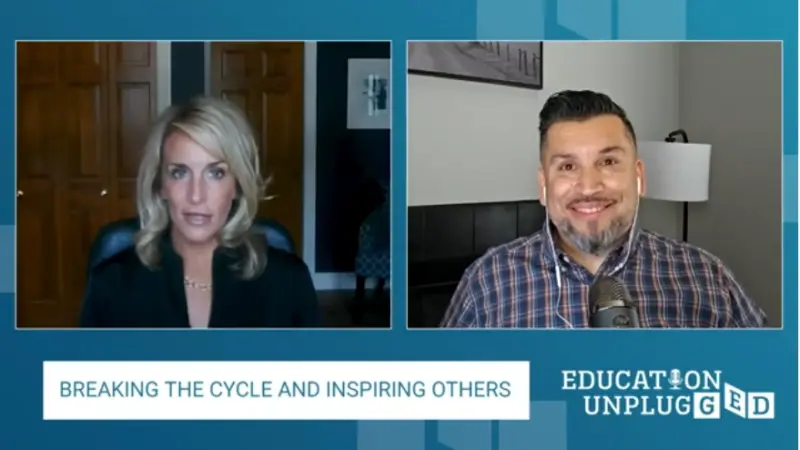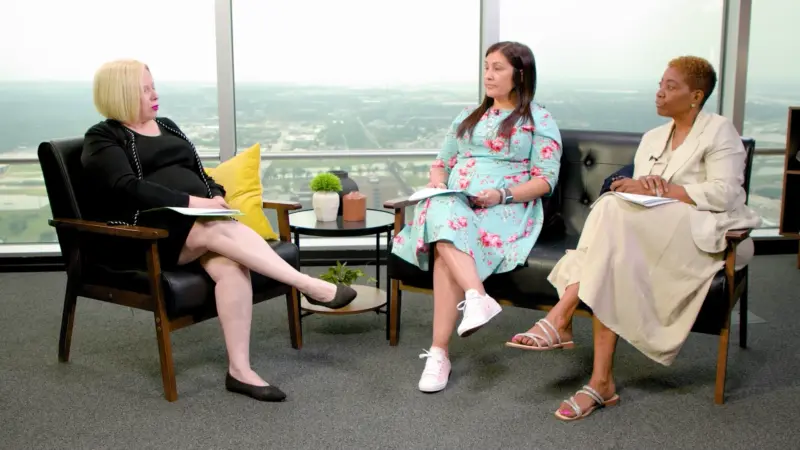Data-Driven Education: Collaborative Strategies & Building Relationships
Jim Brotz stressed the significance of stepping out from behind the desk to genuinely engage with educational stakeholders. Emphasizing collaborative efforts, administrators, teachers, and union representatives worked together to analyze data and enhance student achievement. Discussions were transparent, focusing on challenges and goals without placing blame. Traditional boundaries between unions and administrative bodies were dissolved to foster a unified approach to educational challenges. Through cooperation and open dialogue, everyone aligned towards a common mission, underscoring the importance of teamwork and trust in education.
- Relational Dynamics: The pivotal role of inter-personal and intra-organizational relationships in the broader context of educational outcomes was highlighted. It’s an assertion that underscores the premise that success in education is as much about building trust and mutual respect as it is about curriculum and pedagogy.
- Data-Driven Collaboration: Emphasis was placed on a holistic approach where educators, administrative professionals, and union members collaboratively analyze and implement strategies informed by hard data. This strategy not only aids in identifying pain points but also in quantifying successes and areas of improvement.
- Transparent Dialogues: There exists a renewed commitment to uphold transparency in all discussions, particularly around challenges, long-term goals, and realignment of strategies geared towards enhancing both student and educator achievements.
- Dismantling Silos: A forward-thinking mindset was advocated to dissolve entrenched barriers between union bodies and administrative hierarchies. The goal here is to foster an ecosystem of operational cohesion where information flows seamlessly and stakeholders are aligned in their objectives.
- Unified Approach: Given the intricate and multifaceted nature of challenges in modern education, there’s a pressing need to harness a unified stance. This involves creating platforms where mutual understanding is fostered, shared objectives are outlined, and collective strategies are implemented.
- Direct Engagement: The importance of grassroots-level communication was spotlighted, underscoring the inadequacies of a detached, ‘behind the desk’ approach. It’s a call for stakeholders to engage directly, fostering tangible connections and facilitating actionable discourse in real-world educational settings.


